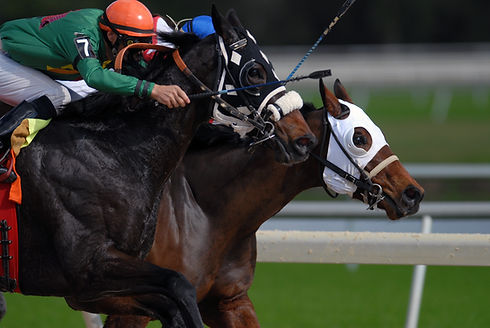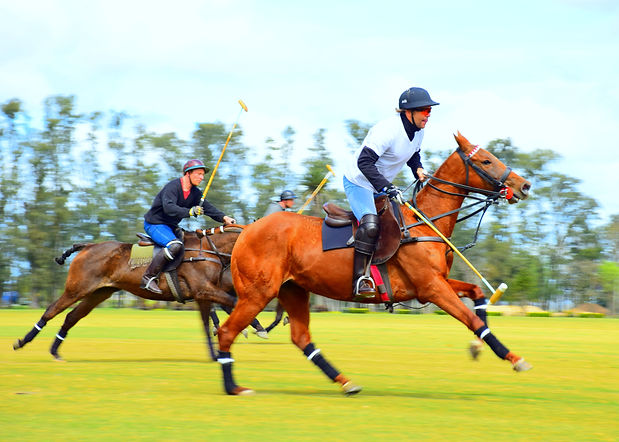
The traditional method of simulated altitude training for equine athletes focuses on passive exposure in a stable to increase red blood cell production through reduced oxygen exposure - with mixed results.
However, Sporting Edge’s innovative method surpasses this by integrating cutting-edge scientific research and unique protocols. We enhance aerobic and anaerobic performance through improved oxygen delivery, muscle development, and energy production, offering benefits unmatched by any other training technique or company in the UK. Reach out to us to learn more about our unique approach.
The Traditional Approach
Until now, equine athletes have used simulated altitude training through sleeping stalls where they breathe air with reduced oxygen content. This method is well-established for human athletes, especially those in endurance sports, with typical training periods of around three weeks, involving 10 or more hours a day of exposure. Whilst successful in humans competing in endurance events, there is limited anecdotal evidence from a very small number of users that it is also effective in horses. But aside from the question of its effectiveness for horses there is a logistical element as it requires weeks of long days in a semi-sealed hypoxic stable for any adaptations to occur, and this length of time in a confined environment can create other issues such as poor air quality, excessive temperature and humidity, and lack of socialising. Then, as in humans, if there is some beneficial change that occurs, the effect is short term and over the next weeks and months blood cell count returns to normal.

The Need For A New Approach
The passive application of a hypoxic stimulus (such as breathing hypoxic air in a stable) is very unlikely to be the ideal stimulus to create optimal changes in equine performance because in numerous human studies – and one far sighted study with thoroughbred horses - it has been scientifically proven that active hypoxic training brings about multiple adaptations in key areas such as RBC production, blood capillary growth, mitochondria growth, glucose transport and energy production, all of which are integral adaptations for improving performance. These and other studies document the significant performance improvements that result – in human and equine athletes.
Combining active training with hypoxia has been clearly shown to generate performance improvements that are not possible from passive hypoxic exposure (in a stable) or active training in normal (normoxic) air. It is the combination of active training with hypoxia which is key to any athlete – human or equine – achieving their full potential.
Which is why we have a completely new approach
Our Unique Approach
We combine the unmatched Sporting Edge simulated altitude system with the outstanding Horse Gym 2000 high performance treadmill to create the perfect simulated altitude training facility. The treadmill facility and the overall installation is designed and co-ordinated by the specialist team at the Equine Health Centre – experts in horse welfare and performance. The result is a safe and effective training environment.
But simply having the best facility does not guarantee the best results. In fact, if used incorrectly, an altitude facility can have the opposite results to those expected. Success requires the use of proven training protocols that do not just unlock the remarkable performance improvements that altitude can deliver, but also ensure that the horse is properly protected and not in any way over-stressed.
This expertise is provided by World renowned equine performance specialist, Dr Allan Davie, founder of Equine Peak Fitness. Allan has been a leading researcher and lecturer in equine performance for 28 years and has specialised in optimising altitude training regimes for performance horses. He has over 50 published papers dealing with equine performance and his highly successful training programmes are delivering results in many parts of the world.
• New capillary production in muscle tissue to improve oxygen delivery.
• New muscle tissue developed for more power.
• Increased VO2 max for better oxygen availability.
• Higher cardiac output for improved blood flow.
• Increased mitochondrial activity (extra energy creation in cells).
Leading to improved Aerobic AND Anaerobic performance
NO OTHER TRAINING TECHNIQUE CAN DO THIS NO OTHER COMPANY CAN DELIVER THIS UNIQUE COMBINATION OF BENEFITS

“Thoroughbred running distance and VO2 max increased significantly after hypoxic training compared with normal training”
2016 Treadmill-Based Study on Thoroughbred Performance by Nagahisa et al.



